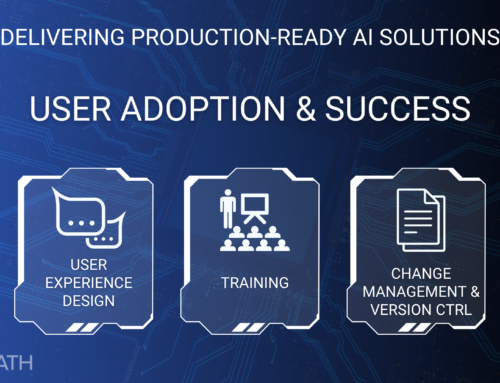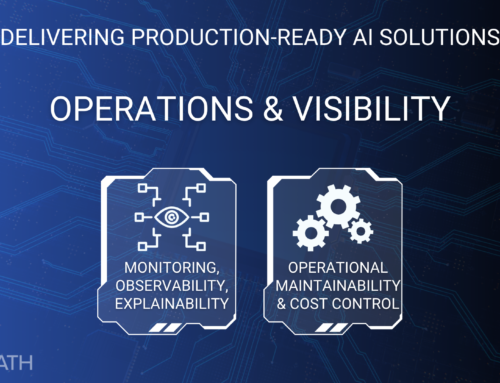In a productionized machine learning (ML) pipeline, CI/CD (Continuous Integration/Continuous Deployment) can be applied to several components beyond just the ML model itself. These include data pipelines, feature engineering, model monitoring, infrastructure, and the codebase that manages the entire ML system. Here's how each part might benefit from CI/CD:
1. Data Pipelines
- CI/CD Benefits: Automating the ingestion, cleaning, transformation, and validation of data ensures that any changes to the data pipeline (e.g., schema updates, new data sources) are automatically tested and deployed. This helps in maintaining data quality, consistency, and reliability across environments.
- Components: ETL processes, data validation scripts, and data preprocessing workflows.
2. Feature Engineering
- CI/CD Benefits: Feature extraction and transformation steps are crucial in the ML pipeline. Applying CI/CD ensures that any changes in feature engineering are tested for correctness and performance impact before deployment. This also helps maintain consistency between training and production environments.
- Components: Feature generation scripts, scaling and normalization processes, and feature selection algorithms.
3. Model Training and Experimentation
- CI/CD Benefits: Automating the training process ensures that models are trained with the latest data and hyperparameters. It also allows for systematic experimentation, where new models or changes to models are automatically tested against a baseline before deployment.
- Components: Training scripts, hyperparameter tuning workflows, and experiment management systems.
4. Model Serving and APIs
- CI/CD Benefits: The infrastructure for serving models (e.g., APIs or microservices) can benefit from automated testing and deployment. This ensures that updates to model-serving logic, inference pipelines, or API endpoints are consistently applied across environments without downtime.
- Components: RESTful APIs, gRPC services, inference pipelines, and microservices for model deployment.
5. Model Monitoring and Logging
- CI/CD Benefits: Monitoring and logging systems can be continuously integrated to ensure they adapt to new models, data drift detection mechanisms, and performance metrics. Automated deployment ensures that changes in monitoring logic are consistently applied.
- Components: Monitoring scripts, alerting systems, dashboards, and logging configurations.
6. Infrastructure as Code (IaC)
- CI/CD Benefits: Infrastructure for ML pipelines is often managed as code (e.g., using Terraform, CloudFormation, or Kubernetes). CI/CD can automate the testing and deployment of infrastructure changes, ensuring that environments are consistent and any changes are safely rolled out.
- Components: Infrastructure configuration files, deployment scripts, and containerization setups.
7. Data Versioning and Management
- CI/CD Benefits: Applying CI/CD to data versioning systems ensures that any updates to the data repository (e.g., new versions of datasets) trigger automated tests and deployment workflows. This is crucial for maintaining reproducibility and tracking data lineage.
- Components: Data version control systems (e.g., DVC), dataset management scripts, and data cataloging tools.
8. Testing and Validation
- CI/CD Benefits: Automated testing frameworks that validate models, data, and code can be integrated into CI/CD pipelines to ensure that any changes do not introduce regressions. This includes unit tests, integration tests, and model performance tests.
- Components: Test scripts for model accuracy, data consistency, and system integration.
9. Documentation and Compliance
- CI/CD Benefits: CI/CD can be used to automatically generate and deploy documentation related to the ML pipeline, ensuring that it is always up to date. Compliance checks and audit trails can also be integrated into the CI/CD pipeline to enforce regulatory requirements.
- Components: Auto-generated documentation, compliance scripts, and audit logs.
10. Orchestration and Workflow Management
- CI/CD Benefits: The orchestration of various ML tasks (e.g., using tools like Airflow, Kubeflow, or Step Functions) can be managed via CI/CD to ensure that workflows are consistently deployed and updated as the pipeline evolves.
- Components: Workflow definition files, task scheduling scripts, and orchestration logic.
Applying CI/CD across these components helps in automating and streamlining the entire ML lifecycle, ensuring consistency, reducing errors, and accelerating deployment cycles from development to production.





